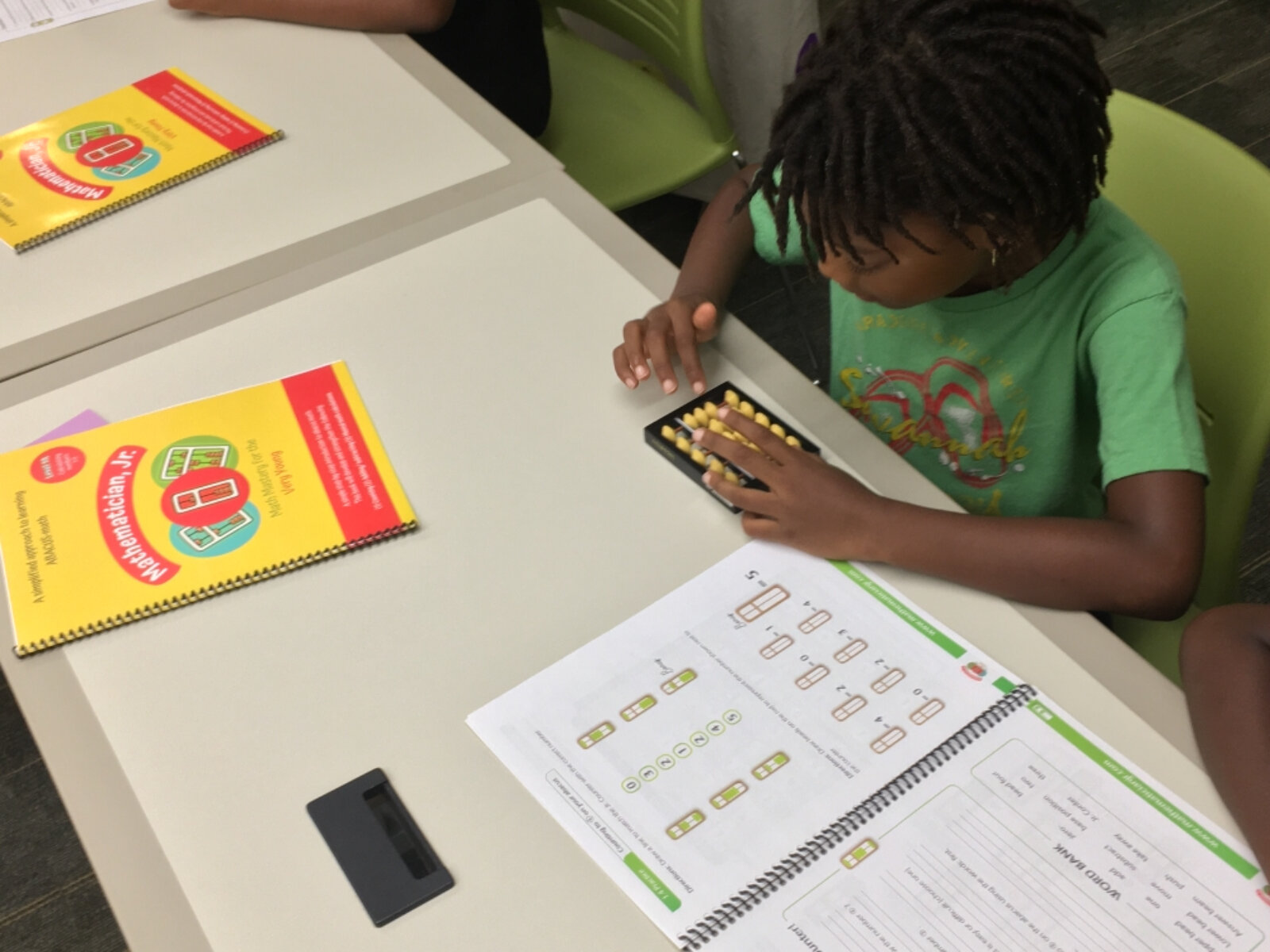All About Them Manipulatives
The Benefits of Using Math Manipulatives with Early Learners
The use of visual tools in solving mathematical problems dates all the way back to ancient times. Early civilizations societies created visual counting devices to easily solve mathematical problems. These visual math tools have carried over into present day classrooms in the form of what’s called mathematical manipulatives.
Math manipulatives are physical objects, such as clocks, pattern blocks, dice, and jr.counters, that are used to make abstract concepts concrete in the minds of young learners. These learning tools are successful because they take a challenging, abstract concept, pair a physical representation to it, and turn it into something that is concrete and tangible. Using manipulatives in the classroom helps young learners achieve optimal math readiness at an early age.
Manipulatives can be used to teach the following mathematical concepts:
1. Addition, subtraction, division, and multiplication
2. Computation
3. Counting
4. Decimals
5. Geometric shapes
6. Measuring
7. Number bases
8. Patterns
9. Percentages
10. Place value
11. Probability
12. Sorting
13. Statistics
14. Symmetry
Blog posts goes hBenefits of using Math Manipulatives in Early Classroom Settings
1. Manipulatives make abstract concepts concrete.
a. Where picture books are used to teach children the basics of reading, manipulatives are used to teach the fundamental principles of math. Students can build physical models of abstract concepts, providing understanding of how classroom learning is applied to the real world.
2. Manipulatives provide hands-on engagement and visual representation.
a. Math concepts can be ambiguous and challenging for students to pick up at an early age. By using blocks, counters, or geoboards, children have the opportunity to take a written problem and solve it with a hands-on approach. The hands-on learning that takes place when using math manipulatives has been proven to help a variety of students, including those with learning disabilities, English language learners, and low performers.
3. Manipulatives teach problem solving.
a. When using visual tools, there is often more than one way to solve a problem. Once a teacher introduces math manipulatives into the classroom, students are empowered to use their problem-solving skills to come up with unique solutions to a problem. Just as engineers and architects come up with solutions by creating blueprints, students can do the same by building physical representations of what they’re learning.
4. Manipulatives build confidence and reduce anxiety.
a. When students have physical proof of how their thinking processes work, they are more likely to have confidence moving forward. As they learn to use physical adaptations to solve their textbook problems, the confidence they gain cuts down the anxiety that comes with learning new concepts.
Other benefits that come with using math manipulatives for early learners include the following:
1. Articulating mathematical thinking processes
2. Working collaboratively with others
3. Discussing mathematical concepts
4. Building long term understanding
5. Connecting real world scenarios to classroom principles
6. Thinking outside of the box to find solutions
Math manipulatives help to create an exciting learning environment. This style of learning is greatly enhanced by the help of math instructors and can turn challenging learning experiences into positive opportunities for growth in early learners. ere….
I’m just a mom. A wife. A teacher. Paused. Thinking. Sharing.



